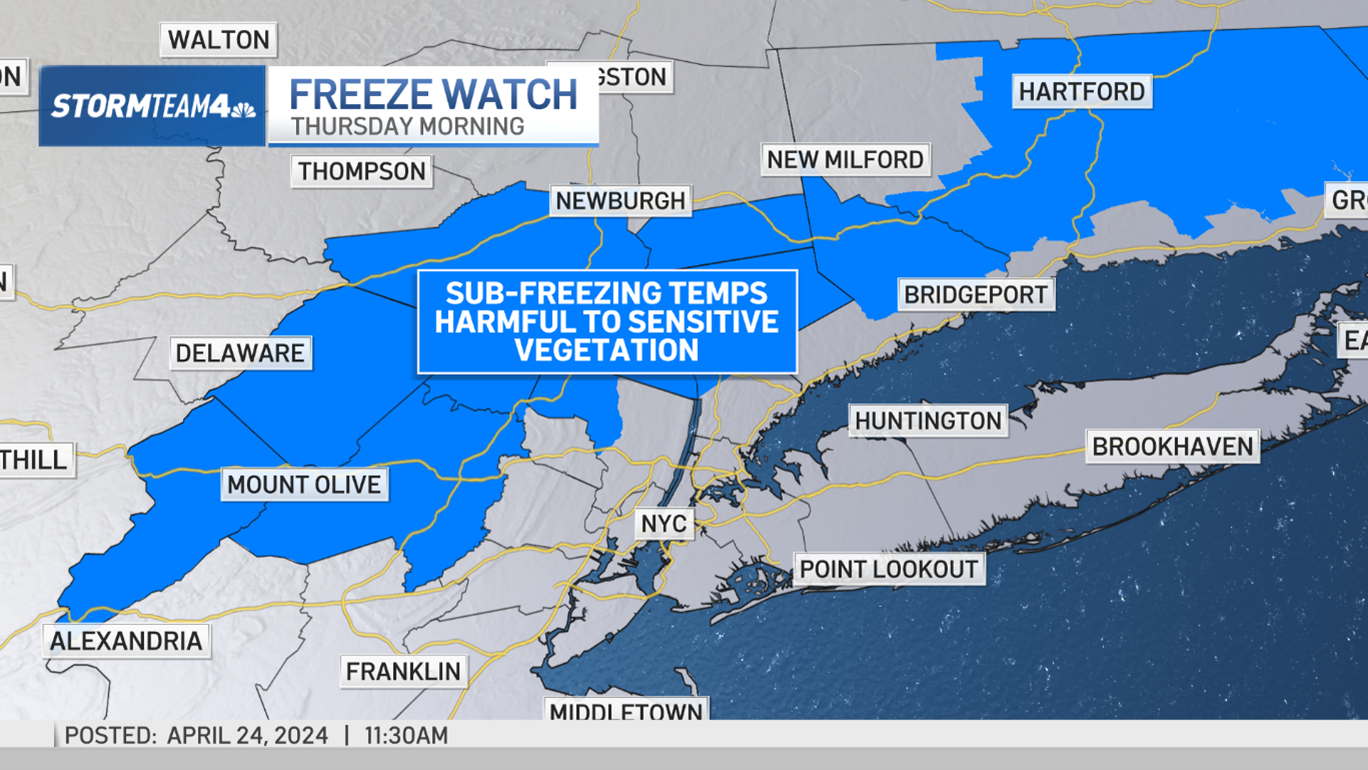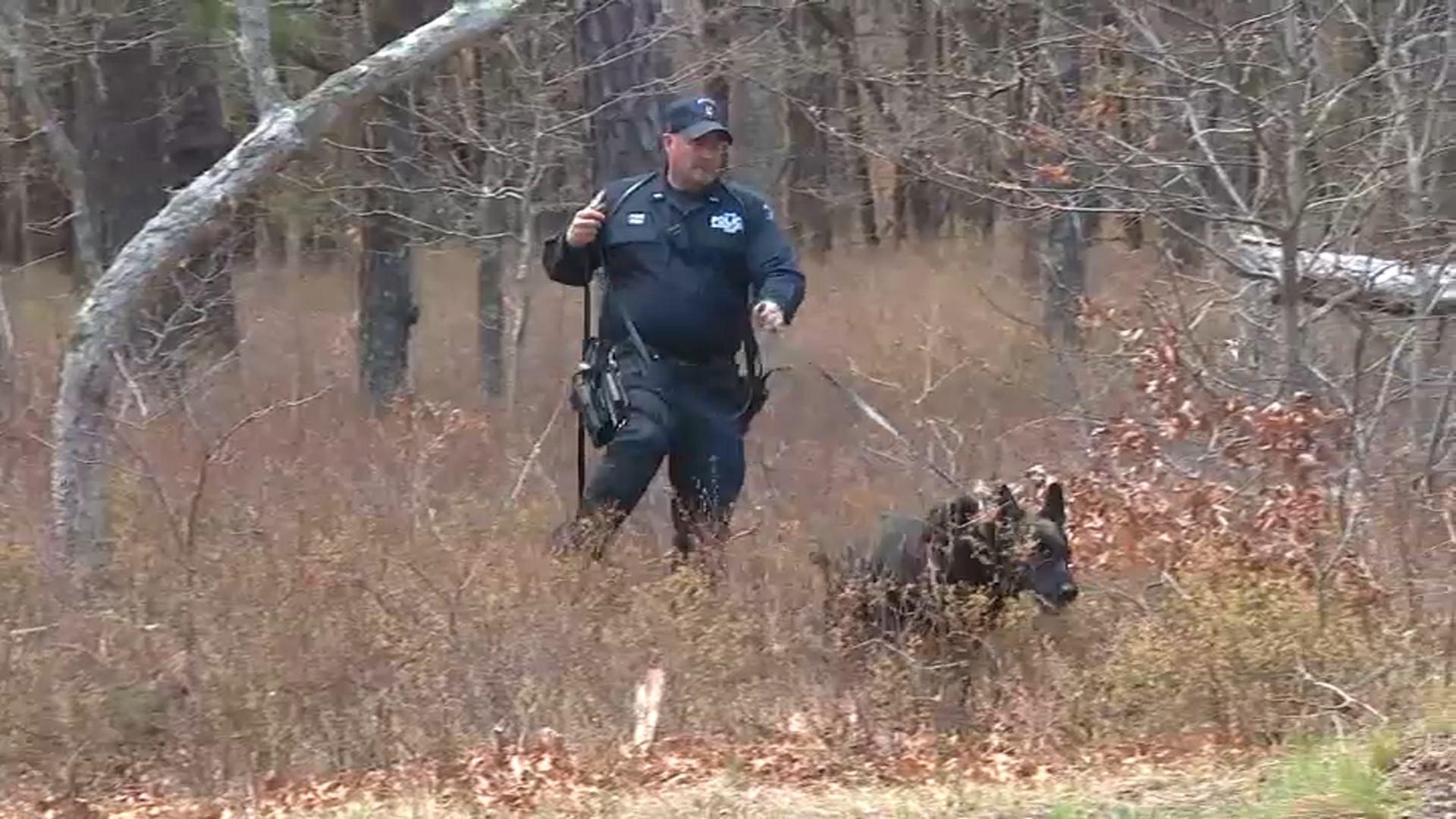What to Know
- A growing number of social media accounts are posting memes geared toward teens feature subtly racist, misogynistic and anti-Semitic content
- Teen boys are a vulnerable demographic particularly susceptible to influence from extremist groups due to an adolescent desire to fit in
- Opening a dialogue with teens and adolescents is the best way to mediate and foster important lessons in tolerance
Writer and mother Joanna Schroeder was shocked to find her 14-year-old accidentally “liking” a picture of Hitler.
“A lot of these memes like that are coming up because you may be accidentally liking these things that have a sort of subtle message of things that might be anti-Semitic or homophobic," said Schroeder.
Schroeder says that since she posted on Twitter about what she saw on her sons feed, hundreds of parents and teachers have written to her about similar experiences.
A growing number of accounts on social media are posting memes geared toward teens featuring subtly racist, misogynistic and anti-Semitic content and glorifying violence.
“Anywhere that there is a new platform there will be extremists,” says Oren Segal, director of the Antidefamation League Center on Extremism. “Extremists are able to reach, research and radicalize in ways that they haven’t had to, or could do, in human history.”
Since 2012, FBI hate crime numbers have increased, with more than 7,000 reported hate crimes in 2018. According to investigators, suspects of recent mass shootings in El Paso, Pittsburgh and New Zealand had all engaged with extremist content online.
Local
As part of his Role, Segal monitors hateful content and reports it to local authorities and law enforcement. “You don’t know who is reading that [hateful content], how it will land on them and what they will then do”
Segal says identifying the content isn’t always so straightforward.
“Right on first blush you might not recognize that this is an extremist meme or what the intent is … it’s a challenge for parents to educate themselves before they even have that conversation with their kids,” he said.
The ADL has created a database of some of these hate symbols.
A Sense of Belonging
Teenage boys are a vulnerable demographic which are particularly susceptible to influence from extremist groups, according to Schroeder, due to a strong desire during adolescence to fit in. But while Schroeder was able to intervene her son’s engagement with hateful content, many aren’t so lucky.
Long Island-born Yusuf Abdul-Lateef found himself in the middle of the skinhead movement during the late 1980’s, dealing with his father’s death and watching a family member struggle with drugs.
Yusuf turned to music as an escape. He picked up a record by the band Screwdriver — known as the original “Hate Rock” band. As he replayed the songs over and over, the messages in the music began to resonate with him.
The songs, he said, were filled with messages about how the white man was oppressed and had other white nationalist themes that gave him the answers we were searching for.
“It’s like a gang: ‘My mother’s not taking care of me, my father, you know we’ll take you in, it’s all this false hope, it’s a fraternity, we’re all part of the white race,’” said Abdul-Lateef. “Propaganda gets in your head. I was very angry at that time.”
That messaging can reach teens “without ever leaving their couch,” Segal says. Even the darkest online spaces can provide a sense of comfort to some individuals who feel alienated, a tactic which extremists have been using for generations. “When you combine alienation and that sense of belonging with extremists that pretend to give you that answer that you want, that’s very powerful and very empowering to that person who is searching for meaning.”
Lateef eventually found his way out of the skinhead music, ironically he says, through hip-hop music. He is now a devout Muslim with an interracial family.
Opening Up The Conversation
Schroeder feels that opening a dialogue with teens and adolescents is the best way to mediate and foster important lessons in tolerance.
Segal wants websites to step up their own monitoring of accounts promoting hateful and extremist content. But until changes are made, it’s up to parents to flag any questionable material.
“The more engaged parents are with their kids, whether it’s online, the better prepared they will be to mitigate any error in judgment early on.” He says.
Schroeder admits that these conversations are easier said than done.
“I can say you're not alone if your kids have fallen on this rabbit hole, Schroeder said. “It doesn't make you a bad person. Nobody is teaching parents how to have these conversations.”



